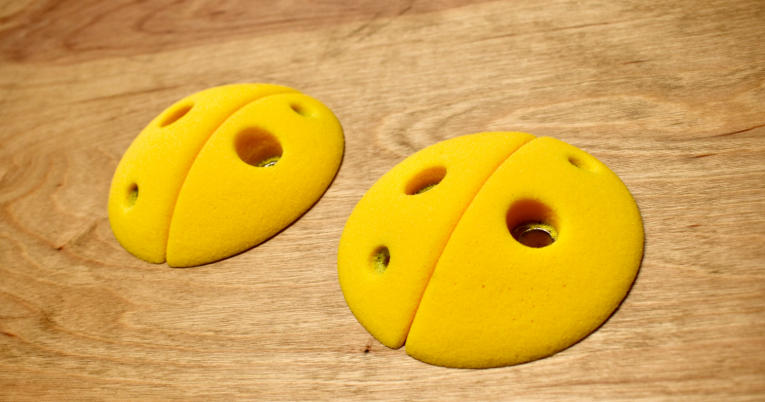Climbing holds are essential for both indoor and outdoor climbing experiences. Understanding the different types of holds can significantly enhance your climbing skills and safety. Whether you’re a beginner getting started or an experienced climber looking to refine your technique, knowing the nuances of climbing holds is crucial for your progress.
Types of Climbing Holds
Climbing holds come in various shapes and sizes, each designed to challenge your skills differently. Among the most common types are crimps, slopers, and jugs. Crimps are small, often angular holds that require you to grip tightly, making them excellent for developing finger strength. Slopers, on the other hand, are large, rounded holds that require a more open-handed grip and emphasize body positioning and balance. Jugs are large and easy to hold, providing a sense of security, especially for beginners looking to build confidence on the wall.
Fundamentals of Using Different Holds
Mastering the use of different climbing holds is essential for climbers aiming to improve their performance. When climbing on crimps, it’s crucial to keep your wrist straight and engage your core for stability. With slopers, focusing on your footwork becomes even more important as you often need to rely on balance rather than grip strength. Jugs allow for a more relaxed grip, offering a moment to recover and plan your next move, which is vital for longer climbs that demand endurance.
Innovative Holds and Their Impact
The climbing world has seen remarkable innovations in hold design, enhancing both the experience and training for climbers. Some modern holds feature textured surfaces to simulate outdoor rock and provide better grip. Others may incorporate color-coding to denote difficulty levels, helping climbers choose routes that match their skills. These advancements not only make climbing more engaging but also offer climbers the opportunity to train specific muscle groups and techniques, making every climb more purposeful.
In conclusion, understanding different climbing holds is an integral part of becoming a proficient climber. By familiarizing yourself with various types and their proper use, you’ll be better equipped to tackle challenging routes and improve your overall climbing technique. So why not head to your local climbing gym or grab some friends for an outdoor adventure? Dive deeper into the world of climbing holds and watch your skills soar!
